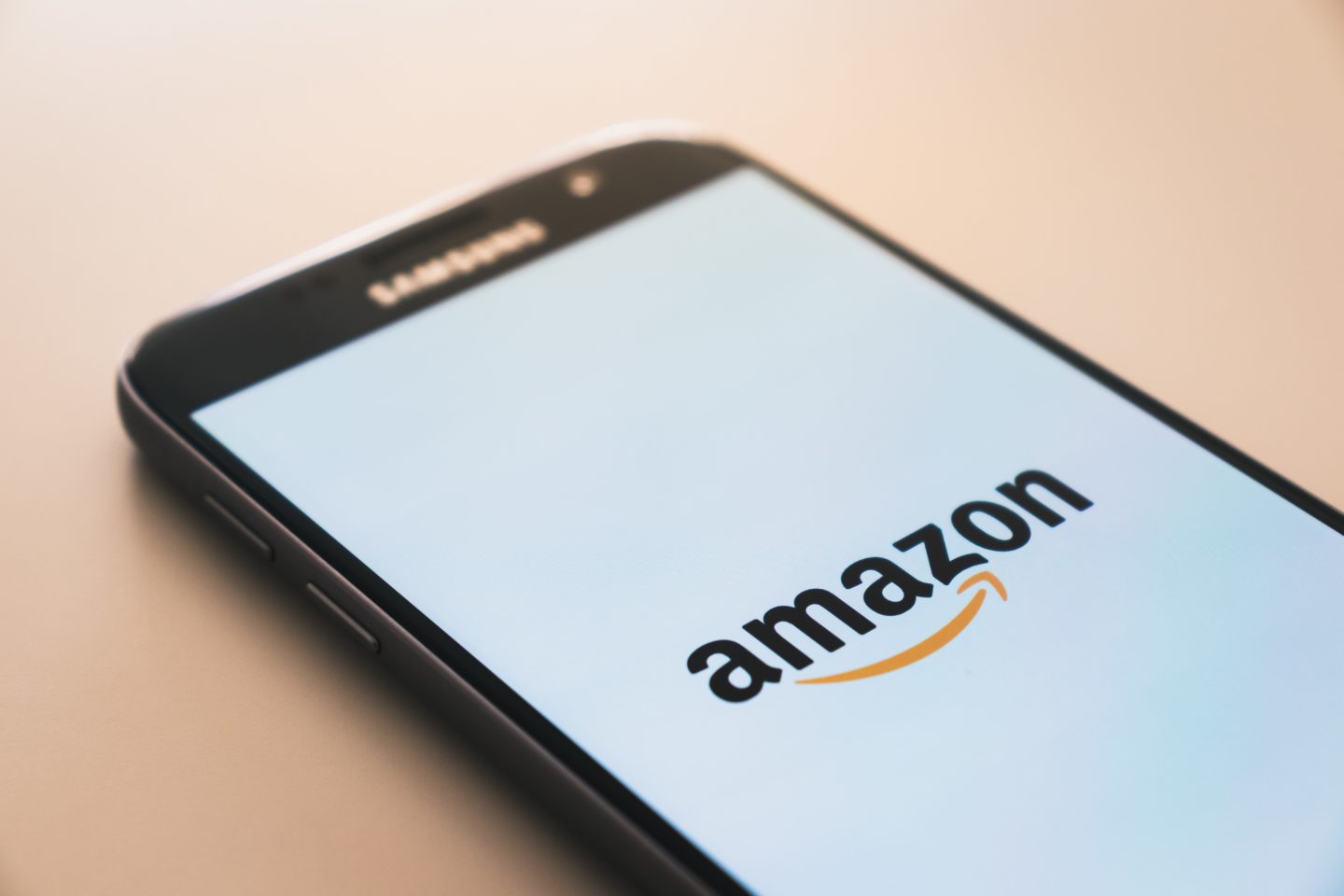
Busting the myths of M&A: 4 steps to success
Busting the myths of M&A: New research reveals why old merger strategies fail and how fresh thinking can lead to lasting value for both sides of the deal....

by Camilla Erencin, Simon J. Evenett, Pierre Ledan, Felix Reitz Published February 20, 2024 in Finance • 5 min read
In March 2000, the dot-com bubble, inflated by investor exuberance around the internet’s adoption, burst. Of the companies able to survive the following recession, a few came to reach the stratospheric expectations of the early internet era. Two decades on, this rise is most visible in the performance of the S&P 500. Year to date, this index rose 19%, helped significantly by the performance of the ‘Magnificent Seven’ (M7) stocks – Alphabet, Amazon, Apple, Meta, Microsoft, Nvidia, and Tesla – rising 71%. The M7 now accounts for 29% of the total S&P 500 valuation (Goldman Sachs 2023). The M7 may dominate US stock market headlines, but how much value do they create relative to other publicly listed US firms?
With data on over 2,000 public firms headquartered in the US, the Crux of Capitalism project derives bottom-up insights that are well-suited to address this question. We present our findings from 2012 onwards, the year that the last member of the M7, Meta Platforms, went public.
Three findings stand out: First, the M7’s share of total economic profit (EP) has grown markedly. In 2012 these companies represented 14% of publicly listed firms’ total EP. By 2020, this had scaled rapidly to a peak of 37%, before falling back to 32% in 2022. This outperformance was led by a subset of the M7: Alphabet, Amazon, Apple, Meta, and Microsoft. Nvidia and Tesla, despite growing rapidly, represent only 5.2% of the total EP by the M7 in 2022. Tesla in particular had recurring negative EP until 2017, driven largely by losses from operations. Despite the excitement over this class, it was the ‘Big Tech’ companies in the M7 that had a disproportionate impact on EP.
Second, in terms of ‘traditional’ accounting profits (AP), the M7’s share is notably lower, comprising 16% of total AP in 2022. Moreover, in that year, while the M7’s EP exceeded their AP by 15%, together the other publicly listed firms in the US had a total EP of around 53% lower than their total AP. The difference largely stems from adjustments made to derive EP, particularly adding back voluntary spending. Once voluntary R&D outlays are accounted for, the sheer scale of the M7’s economic value creation is laid bare.
R&D spending by the M7 has been steadily growing both in magnitude and as a share of total R&D by publicly listed US firms. In 2012, the share of R&D spending of the M7 was around 12% of all R&D spending. By 2022 this had grown to 38%. Their economic performance is consistent with Vivarelli et al’s finding that R&D by high-tech firms allows for larger productivity gains than in other segments of the economy. It is possible that the M7’s high R&D spend allows them to innovate faster than competitors and may cement their leading market position.

“The M7 may dominate US stock market headlines, but how much value do they create relative to other publicly listed US firms? ”
Third, the M7 continues to outperform publicly listed firms in the US in terms of EP despite higher financing costs on average. A breakdown into three periods – pre-pandemic (2012-2019), pandemic era (2020-2021), and post-pandemic (2022) – is revealing. In the pre-pandemic era, we note that the M7’s financing costs were generally higher than the median weighted average cost of capital (WACC) for the remaining US publicly listed companies during this period. During the pandemic, all firms, including the M7, benefited from lower interest rates. This period corresponds with the M7’s peak share of EP. Finally, post-pandemic financing costs ratcheted up. As interest rates normalized, by and large, the M7 now has WACCs that exceed pre-pandemic levels.
In 2022 the cost of capital between the ‘Big Tech’ giants diverged from Nvidia and Tesla. The latter two have a WACC of 13% and 11% respectively, compared to the rest of the M7 with a WACC of 8-9%. This variance could stem from the higher capital intensity inherent in Tesla’s business operations or, in Nvidia’s case, the necessity of securing financing to meet the escalating demand for leading-edge AI chips.
The M7, and especially the ‘Big Tech’ subsection comprising Alphabet, Amazon, Apple, Meta, and Microsoft, have been key contributors to the US EP landscape since 2012, warranting the attention they are currently receiving from investors. However, software companies may grow in fundamentally different ways from other companies, enabling them to exploit monopoly power which may stifle the dynamism of the broader economy.
Anti-trust lawsuits have been a consistent part of Big Tech’s history, whether it be Microsoft in the 1990s or Alphabet today. Looking ahead, efforts to dismantle any dominant positions of the M7 may take note of the fact that their AP performance masks their EP performance. In turn, this will sharpen the debate over whether the latter rests on market power or superlative value propositions.

Ph.D. candidate in Economics at the University of St.Gallen
Camilla Erencin is a Ph.D. candidate in Economics at the University of St.Gallen and holds a M.Sc. in economics from the University of Warwick. Her research focuses on corporate performance and competitive strategy under uncertainty.

Professor of Geopolitics and Strategy at IMD
Simon J. Evenett is Professor of Geopolitics and Strategy at IMD and a leading expert on trade, investment, and global business dynamics. With nearly 30 years of experience, he has advised executives and guided students in navigating significant shifts in the global economy. In 2023, he was appointed Co-Chair of the World Economic Forum’s Global Future Council on Trade and Investment.
Evenett founded the St Gallen Endowment for Prosperity Through Trade, which oversees key initiatives like the Global Trade Alert and Digital Policy Alert. His research focuses on trade policy, geopolitical rivalry, and industrial policy, with over 250 publications. He has held academic positions at the University of St. Gallen, Oxford University, and Johns Hopkins University.

Managing Partner, Virgo Venture Capital
Pierre Ledan is a master’s student in the Strategy and International Management program at the University of St. Gallen, Switzerland, and holds a bachelor’s in economics and statistics from the University of Chicago, USA. Pierre focuses on corporate strategy and venture building.

PhD candidate in international affairs and political economy at the University of St Gallen
Felix Reitz is a PhD candidate in international affairs and political economy at the University of St Gallen, Switzerland, and holds a Master’s in international political economy from the London School of Economics and Political Science. Reitz focuses on fiscal policy, international taxation, and corporate strategy under uncertainty.

July 7, 2025 • by Patrick Reinmoeller, Markus Nicolaus in Finance
Busting the myths of M&A: New research reveals why old merger strategies fail and how fresh thinking can lead to lasting value for both sides of the deal....

April 24, 2025 • by Jerry Davis in Finance
Many regional developers have tried and failed to emulate Silicon Valley’s VC-driven model for innovation. Detroit, the birthplace of Ford, is following an alternative route – with promising results....
 Audio available
Audio available
April 23, 2025 • by Karl Schmedders in Finance
CFOs must drive a financially disciplined way to manage environmental risks amid growing pushback against environmental sustainability efforts, explains IMD’s Karl Schmedders....

April 11, 2025 • by Jim Pulcrano in Finance
IMD's Jim Pulcrano interviews Ruchita Sinha, General Partner of venture capital firm AV8 Ventures, and explores her approach to early-stage investing....
Explore first person business intelligence from top minds curated for a global executive audience